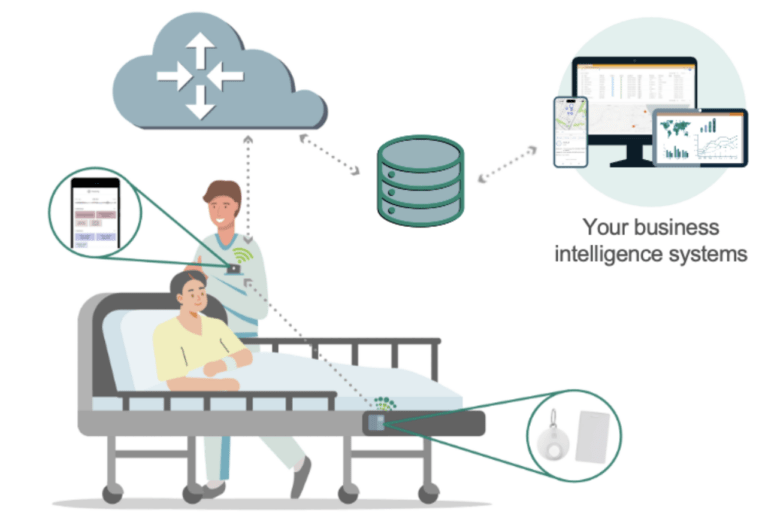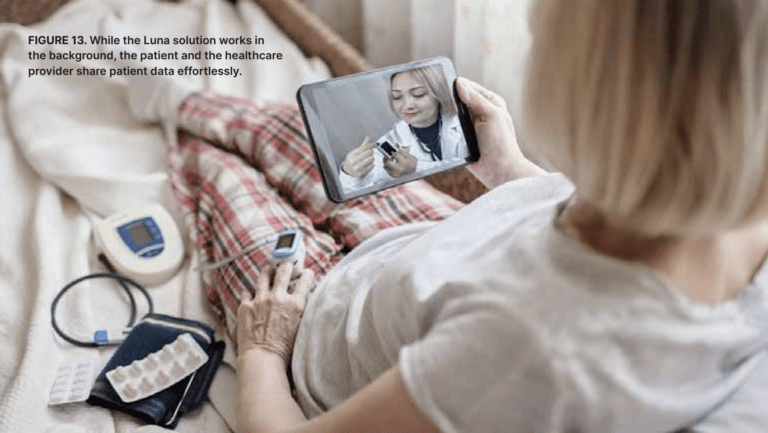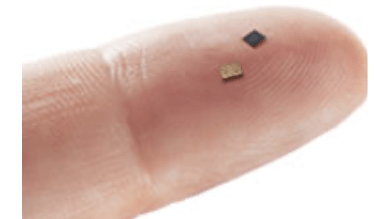Delighting Customers Beyond Shipping: The Transformative Power of Smart Labels
Smart labels can deliver more than just tracking
Smart labels have been widely touted for improving efficiency and visibility for the shipping industry. I was able to see that first hand at the RFID Journal Live Conference last month where Jon Bell, Jeff Radaker, and Inna Glyass from UPS showcased the UPS Smart Packages-Smart Facilities initiative. It was delightful to see the specially equipped trucks that are able to alert the driver if the wrong package has been pulled off or if part of a shipment is left behind. It was clear that the smart labels, that look just like regular labels but have embedded RFID, improve efficiency and reduce errors.

What was even more interesting was how the smart labels provided value to UPS customers. Mike Racer, SVP of Supply Chain from Sephora, praised the results of their smart label pilot for Sephora’s operations. The smart labels eliminated the need to repalletize merchandise from manufacturers before sending it to individual stores. Repalletization, an expensive and error-prone process, has been necessary to consolidate items bound for a given store from different manufacturers into one package or pallet. With smart labels, Sephora can place labels on individual packages destined for a store, and trust the UPS system to deliver all the pieces to the correct store, bypassing the error-prone repalletization process.
So a simple smart label sticker provided by UPS on a box of makeup has made shipping more efficient for UPS and has improved its customers’ operations.
Smarts that deliver value before and after shipping
The lifecycle of a product begins long before it reaches a shipper and extends well beyond its delivery. Shippers, however, hold a unique position as trusted partners in the supply chain. Imagine if your smart shipping labels did more than just track shipments and improved logistics throughout the entire supply chain.
Imagine a smart label that uses an affordable, widely available technology that can be deployed anywhere and anytime, without needing additional infrastructure like RFID readers. Such a smart label would provide visibility to the manufacturer, shipper, and end customer. Such a label, can for example, allow the interested parties to keep an eye on inventory at a distribution center, or manufacturing facility in addition to visibility in shipping.
You don’t have to just imagine this. There are already smart labels on the market using well-established and widely-used Bluetooth Low Energy (BLE) technology. These labels are even able to provide condition monitoring. Furthermore because Bluetooth is everywhere, from phones to laptops to barcode scanners, it is an attractive technology for everywhere visibility. No expensive, vendor-specific hardware is required to scan BLE labels. Any Bluetooth-enabled scanner or mobile device can be software-enabled to read these labels automatically, just by being within a 30-foot range.
We are now working on smart label-based systems that can send information live throughout the product life-cycle.These smart labels can automatically notify interested parties where the products are and their conditions, without the need for manual scans.
The Open Smart Label Consortium is building this future
The Open Smart Label Consortium (OSLC) is dedicated to harnessing industry-wide value from smart labels. We think BLE smart labels will revolutionize manufacturing, shipping, quality control, inventory management, and asset tracking. OSLC is about openness: not locking into a single, one-size-fits-all solution for smart labels. We’re on a mission to support smart label innovation and implementation across industries and applications. As an open consortium, we support flexibility and interoperability between different solutions and technologies based on open standards.
A few weeks ago the OSLC conducted an initial interoperability test using off-the-shelf hardware to print smart label and using barcode scanners to automatically send location data to transportation management software.
The next set of tests for the consortium include range, responsiveness, and scalability as well as how the labels can deliver value to the end customer as outlined above. We invite you to be a part of this mission. Learn more here: https://opensmartlabel.org/ .






